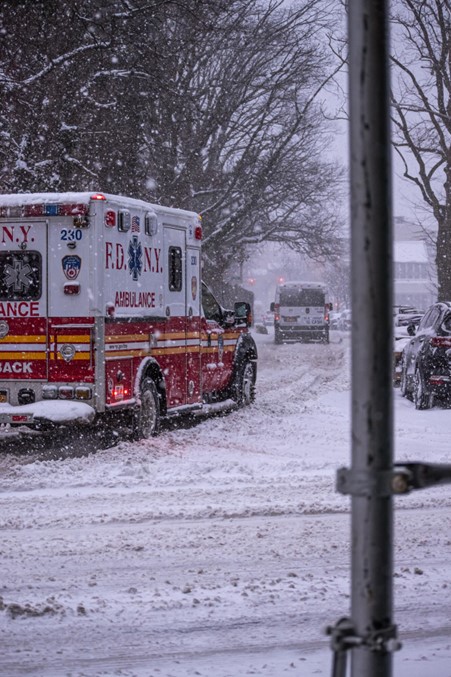Driving an ambulance is no small feat. This is especially true when lives are at stake. For paramedic drivers, being behind the wheel means not just getting from point A to point B but doing so safely and efficiently under immense pressure.
This blog post aims to provide essential driving techniques for paramedic drivers. We’ll help them ensure that they can handle emergencies with confidence and expertise.
By the end of this comprehensive guide, you’ll have a solid understanding of the best practices in emergency driving, from basic safety measures to advanced maneuvers.
Smooth Acceleration and Braking Techniques
When it comes to driving an ambulance, smooth acceleration, and braking are crucial. Abrupt speed changes can cause injury to patients inside the vehicle and make it difficult for paramedics to tend to them.
To ensure a smooth ride, always accelerate gently and brake gradually. This is especially important when driving through traffic or on uneven roads.
Defensive Driving
Defensive driving is a crucial aspect of being an emergency vehicle driver. Paramedics must always be aware of their surroundings and anticipate potential hazards on the road. This means constantly scanning for any potential obstacles or hazards, such as other:
- vehicles
- pedestrians
- road conditions
It’s also important for paramedic drivers to maintain a safe speed. They must follow all traffic laws while driving in emergencies. While it may be tempting to speed through traffic, it’s essential to prioritize safety over urgency. Driving too slowly can also be dangerous, as it can obstruct traffic flow and lead to potential accidents. In some jurisdictions, paramedics can even be fined for driving too slowly.
During driving training, paramedics are taught to prioritize the safety of their patients and other motorists over getting to the destination quickly.
Maneuvering Through Traffic
To safely navigate through heavy traffic, paramedic drivers must have excellent spatial awareness and decision-making skills. This includes being able to quickly assess which lanes are open and safe to pass through, and which may be blocked or have potential hazards.
Furthermore, drivers should also be skilled in making:
- tight turns
- u-turns
- navigating narrow streets or alleys
This requires a high level of precision and control over the vehicle. If you ask driving experts offering lgv driver training, they’ll tell you that these skills are essential for any emergency vehicle driver.
Staying Calm Under Pressure
Perhaps one of the most important skills for paramedic drivers is the ability to remain calm under pressure. In emergencies, there can often be heightened emotions and stress levels for both the driver and the patients on board. Drivers must maintain their composure and make clear-headed decisions in these moments.
One way to achieve this is through regular training and simulations that expose drivers to various emergency scenarios. This can help them build their confidence and prepare them for any potential challenges they may face while on the job. Among the many driving techniques, staying calm and focused is the key to ensuring safe and successful outcomes.
Follow These Behind the Wheel Driving Techniques
Driving an ambulance requires a unique set of skills and techniques to ensure the safety of all those involved. By continuously practising and honing these skills, paramedics can confidently handle any emergencies on the road.
They need to prioritise safety over urgency and always be aware of their surroundings while behind the wheel. With these techniques in mind, paramedic drivers can fulfil their duties with confidence and expertise. So keep practising and stay safe out there!


